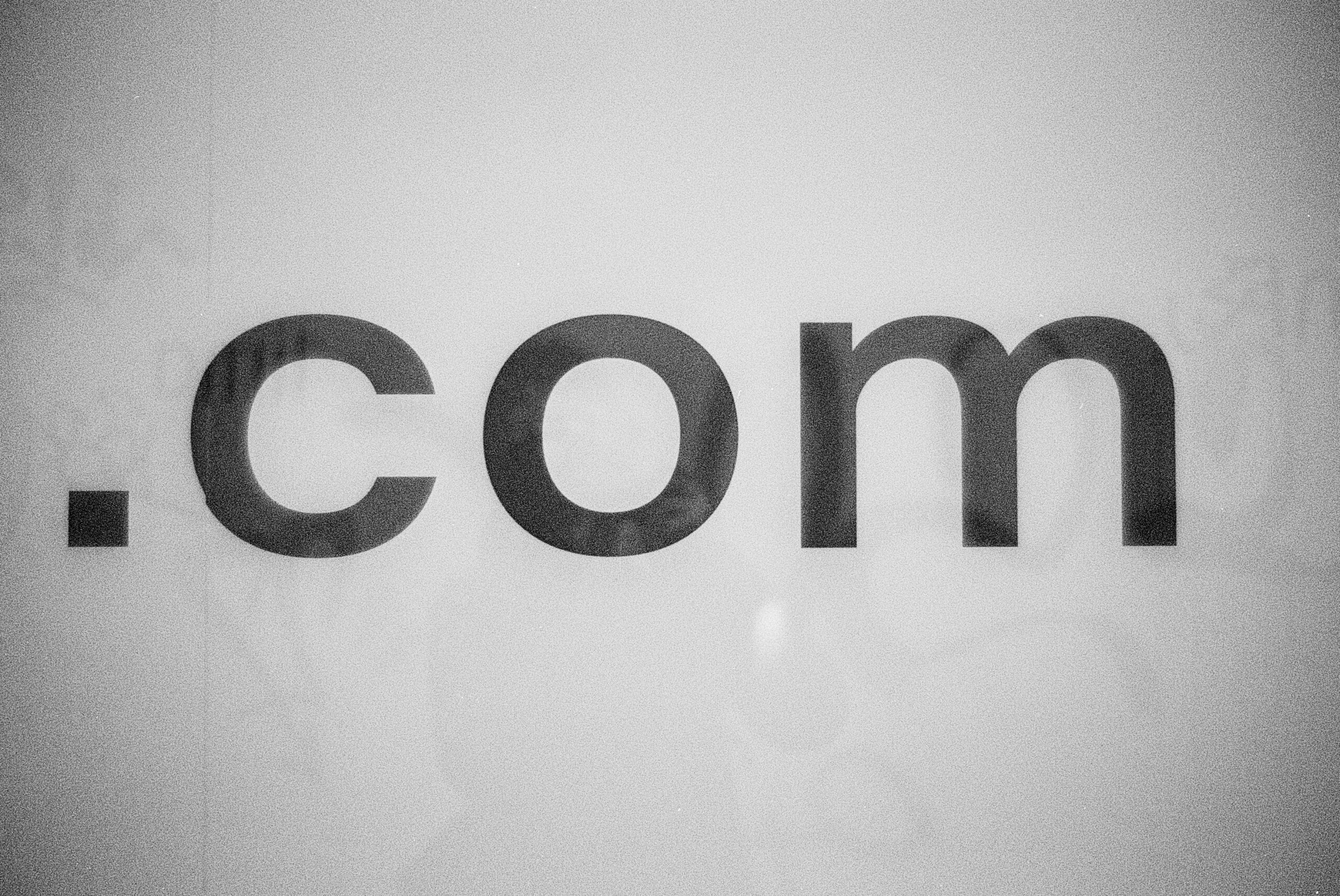Have you ever stumbled upon a curious string of text like content://cz.mobilesoft.appblock.fileprovider/cache/blank.html and wondered what it actually means? You’re not alone. This seemingly cryptic URL format is more common than you might think, especially in the realm of mobile applications. It serves as a bridge between your device’s apps and their inner workings, often functioning behind the scenes to enhance user experience. But what exactly does this mean for you? Let’s dive deep into its purpose and function, unraveling the mystery surrounding content://cz.mobilesoft.appblock.fileprovider/cache/blank.html along the way.
What is content://cz.mobilesoft.appblock.fileprovider/cache/blank.html?
The string content://cz.mobilesoft.appblock.fileprovider/cache/blank.html represents a specific path within an Android application. It follows the format used for accessing shared data between apps securely.
This particular link points to a cached file managed by the AppBlock app, which is designed to help users focus by blocking distracting applications. The “cache” component indicates that it stores temporary files, optimizing performance and accessibility.
When you encounter this URL, it signifies that the application is retrieving or referencing information stored in its cache. This process helps improve loading times and ensures smoother interactions with the app.
Understanding this structure can demystify how mobile apps communicate with their backend services while prioritizing user privacy and security.
How does it work?
The functionality of content://cz.mobilesoft.appblock.fileprovider/cache/blank.html lies in its integration within the Android operating system. This URI (Uniform Resource Identifier) facilitates access to cached files stored by a specific application.
When an app needs to reference or retrieve data, it uses this path to pull information from its cache directory. The “content://” scheme indicates that the resource is managed through a ContentProvider, allowing other applications to interact with it securely.
By using this method, apps can share and manage data without exposing sensitive information directly. It ensures that only designated parts of the file are accessible based on permissions set by the developer.
This structure not only enhances security but also improves efficiency. Cached files reduce loading times and enhance user experience by minimizing delays when accessing frequently used data.
The purpose of content://cz.mobilesoft.appblock.fileprovider/cache/blank.html
The purpose of content://cz.mobilesoft.appblock.fileprovider/cache/blank.html revolves around creating a temporary space for applications. It serves as a placeholder while apps access or generate data.
This specific URI is linked to the AppBlock application, designed to help users manage their digital habits. By using this blank HTML file, the app can effectively control how and when users interact with distractions on their devices.
Moreover, it acts as an intermediary layer between user actions and app functionalities. This helps maintain organization within cached data without overwhelming system resources.
Additionally, it provides developers with a straightforward way to reference files within Android’s content provider architecture. Such references simplify data handling processes across different components of an application ecosystem.
Common uses of content://cz.mobilesoft.appblock.fileprovider/cache/blank.html
The usage of content://cz.mobilesoft.appblock.fileprovider/cache/blank.html can vary significantly based on the needs of developers and users alike. Primarily, it serves as a placeholder within apps that require temporary storage without cluttering the main directories.
Developers often utilize this path for caching purposes. By storing data temporarily, they enhance app performance while minimizing load times. This is especially beneficial during offline scenarios or when network connectivity is unstable.
Additionally, it acts as a debugging tool for developers looking to test features without affecting existing files or databases. It allows for quick iterations and adjustments during the development cycle.
Users may encounter this file when using applications that manage their settings or preferences frequently. It provides an efficient way to ensure smooth user experiences across various functionalities in mobile applications.
Advantages and limitations of using content://cz.mobilesoft.appblock.fileprovider/cache/blank.html
Using content://cz.mobilesoft.appblock.fileprovider/cache/blank.html offers several advantages. It provides a structured way to access cached data, making it easier for apps to retrieve information quickly. This can enhance user experience significantly by reducing load times.
Moreover, the implementation is straightforward for developers familiar with Android’s content provider framework. It allows seamless integration within applications, promoting efficient data handling.
However, there are limitations to consider. The file path may not be universally accessible across different devices or apps due to permission issues. This can lead to potential compatibility problems when sharing data between various applications.
Additionally, relying on cached files might result in outdated information if not properly managed. Users could face inconsistencies if the cache isn’t refreshed regularly or correctly handled by the app architecture. Balancing these factors is essential for optimal use of this resource.
Alternatives to content://cz.mobilesoft.appblock.fileprovider/cache/blank
When exploring alternatives to content://cz.mobilesoft.appblock.fileprovider/cache/blank.html, there are several options available that can serve similar functions. One of the most common substitutes is using traditional file paths or URLs for web-based files. This approach is straightforward as it allows users to access resources directly without going through a specific content provider.
Another alternative is utilizing cloud storage solutions like Google Drive or Dropbox. These platforms offer robust file management capabilities and easier sharing options while ensuring data accessibility across devices.
For developers, leveraging APIs can provide greater flexibility in accessing data within applications. RESTful APIs allow seamless integration between different software components and enable dynamic interactions with stored content.
Moreover, using local databases such as SQLite can be an efficient way to manage structured information on mobile apps. This option helps in retaining user-generated data securely while offering quick retrieval times.
Choosing the right alternative ultimately depends on your specific needs and technical requirements. Each method has its strengths and weaknesses, but they all aim to enhance workflow efficiency and improve user experience in managing digital assets effectively.

